An expedition that combines nature, culture, wine, and new discoveries: we're talking about the Birds and Wine expedition, an 11 to 12-day journey that explores both sides of the Andes Mountains and allows travelers to experience the transition from the Pacific in Chile to the arid monte desert in Argentina. A remarkable journey defined by astonishing biodiversity and the cultural contrast between two countries - and in this new blog, we tell you more.
A Comprehensive Expedition: From Birds to Wines
Wine lovers, nature enthusiasts, and birdwatchers – this expedition Birds & Wine, has it all… and more. In a conversation with Claudio Vidal, founder and expedition leader at Far South Expeditions, we discovered the details of this journey that combines flavors, birds, and scenic landscapes.
Claudio emphasizes that throughout the tour, there is a balance of experiences. There are days specifically dedicated to bird watching and searching for endemic species, others to traveling, and some are reserved for visiting vineyards in the Colchagua Valley in Chile or the Uco Valley in Argentina. However, as Claudio points out, “one experience doesn’t exclude the other” – even during wine tastings, binoculars are always close at hand, as the vineyards, located in valleys and forests, offer excellent opportunities for bird watching.
The Cross-Border Journey
The journey involves crossing the Andes Mountains and traveling from the Pacific coast, where you navigate the cold waters of the Humboldt Current – abundant in biodiversity and perfect for spotting pelagic birds, to venturing into valleys and forests in search of Andean birds, complemented by visits to various vineyards located on both sides of the mountain range.
During the days dedicated to birdwatching, picnics are organized in places with panoramic views, always accompanied by a good bottle of wine, whose origin and properties are collectively shared and explored.
One of the aspects that Claudio highlights most is the marked difference in avifauna between Chile and Argentina. The presence of the Andes Mountains shapes biodiversity patterns naturally on both sides of this mountain range, resulting in species that are found exclusively in one country and not in the other.
Crossing the Andes Mountains
During the journey through the Andes Mountains, travelers have the opportunity to observe several notable species, such as the Mountain Caracara (Daptrius megalopterus), a member of the Falconidae family. This raptor stands out for its black-and-white coloration and its bare orange facial skin. The White-sided Hillstar (Oreotrochilus leucopleurus), a species of hummingbird, is known for the male’s striking green throat. This species exhibits pronounced sexual dimorphism, with easily distinguishable differences between males and females.
The Andean Condor (Vultur gryphus) is the most iconic bird of the mountain range. As Claudio Vidal expresses: “The flight of the condor across an Andean landscape is a privilege to witness, and on a journey like this, you’re always accompanied by condors—on either side of the Andes.”
These species represent just a look of the rich ornithological diversity that makes this cross-border expedition.
Do you want to know more? Click here!
In the Andean Forests
As the expedition advances along the latitudinal axis and enters the forests, the Tapaculo family (Rhinocryptidae) becomes flashy for its powerful vocalizations that dominate the acoustic landscape. These small to medium-sized birds are peculiar in that, even when not seen, their presence is made evident by their distinctive songs. Among them, the following stand out:
– Chucao Tapaculo (Scelorchilus rubecula), found in both Chile and Argentina
– Crested Gallito (Rhinocrypta lanceolata), found in Argentina
The central region of Chile and the eastern part of Argentina are home to a rich diversity of Tapaculo family, offering birdwatchers a great ornithological experience throughout the trans-Andean journey.
Navigating the Humboldt Current
Albatrosses are among the main protagonists while navigating the Humboldt Current. These majestic seabirds, with the longest and narrowest wings of any bird can travel thousands of kilometers across the ocean in search of food. Their graceful, gliding flight — elegant and effortless — is a mesmerizing sight, often recognizable even from a great distance.
Wine-making of South America
Chile and Argentina not only boast incredible natural beauty, but are also recognized as major wine-making countries of South America.
Chile, is known for its central valleys — such as Maipo, Colchagua, and Casablanca — where Carmenere has become its emblematic grape variety. Rediscovered in the 1990s after being thought extinct following the phylloxera plague that devastated France, Carmenere now thrives in Chile. The country’s Mediterranean climate, along with the natural barrier of the Andes Mountains, protects its vineyards from pests and diseases.
Argentina has made Malbec its signature grape, particularly in the Mendoza region, located at the foot of the Andes. High altitudes — up to 1,500 meter – provide ideal conditions for producing wines with great character and quality.
This cross-border expedition combines the pleasures of wine-making with the richness of Andean birdlife, providing a truly immersive experience.
Come and enjoy the vineyards, wine pairings, and birdwatching with us! Click here to learn more about the itinerary and expedition details.



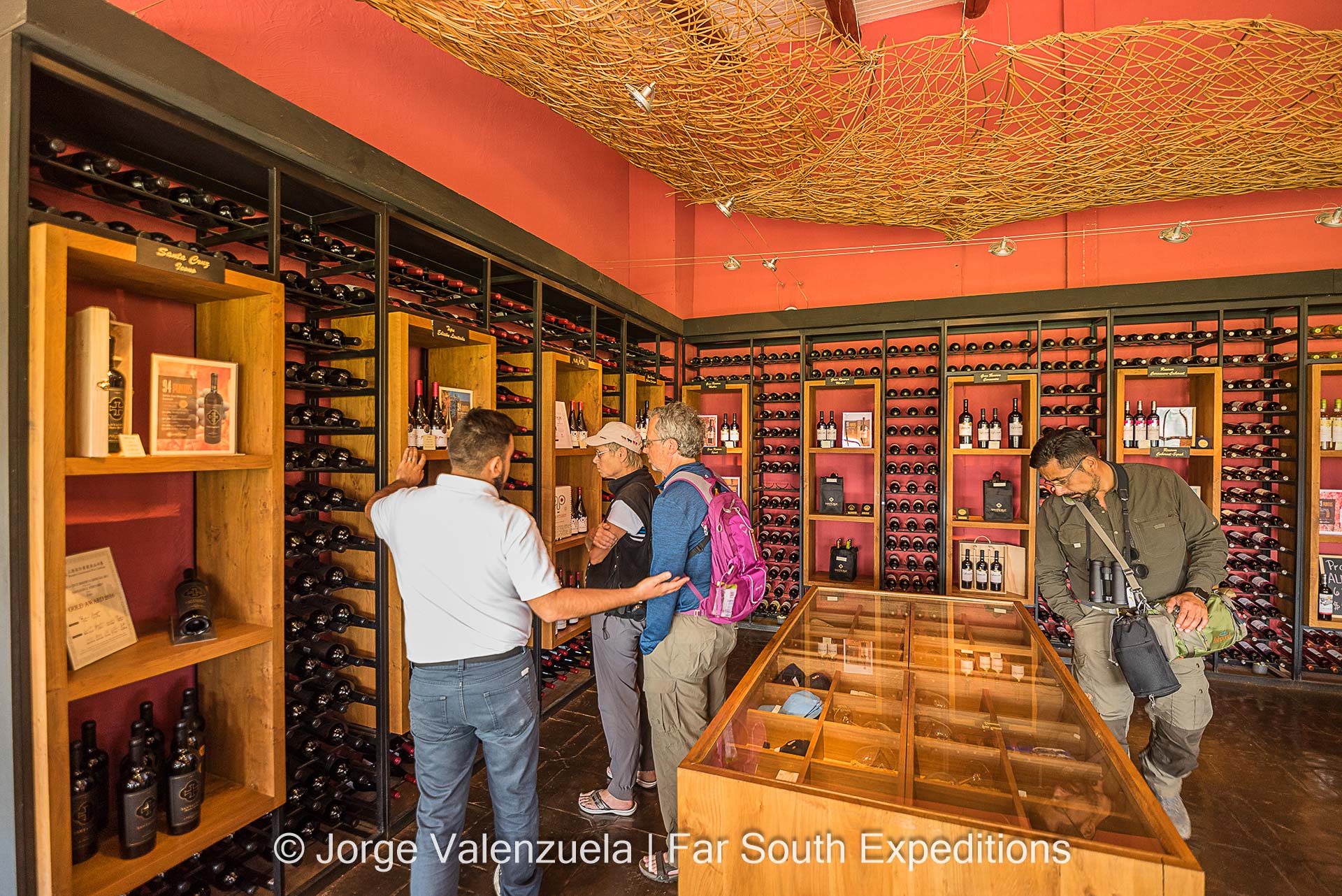
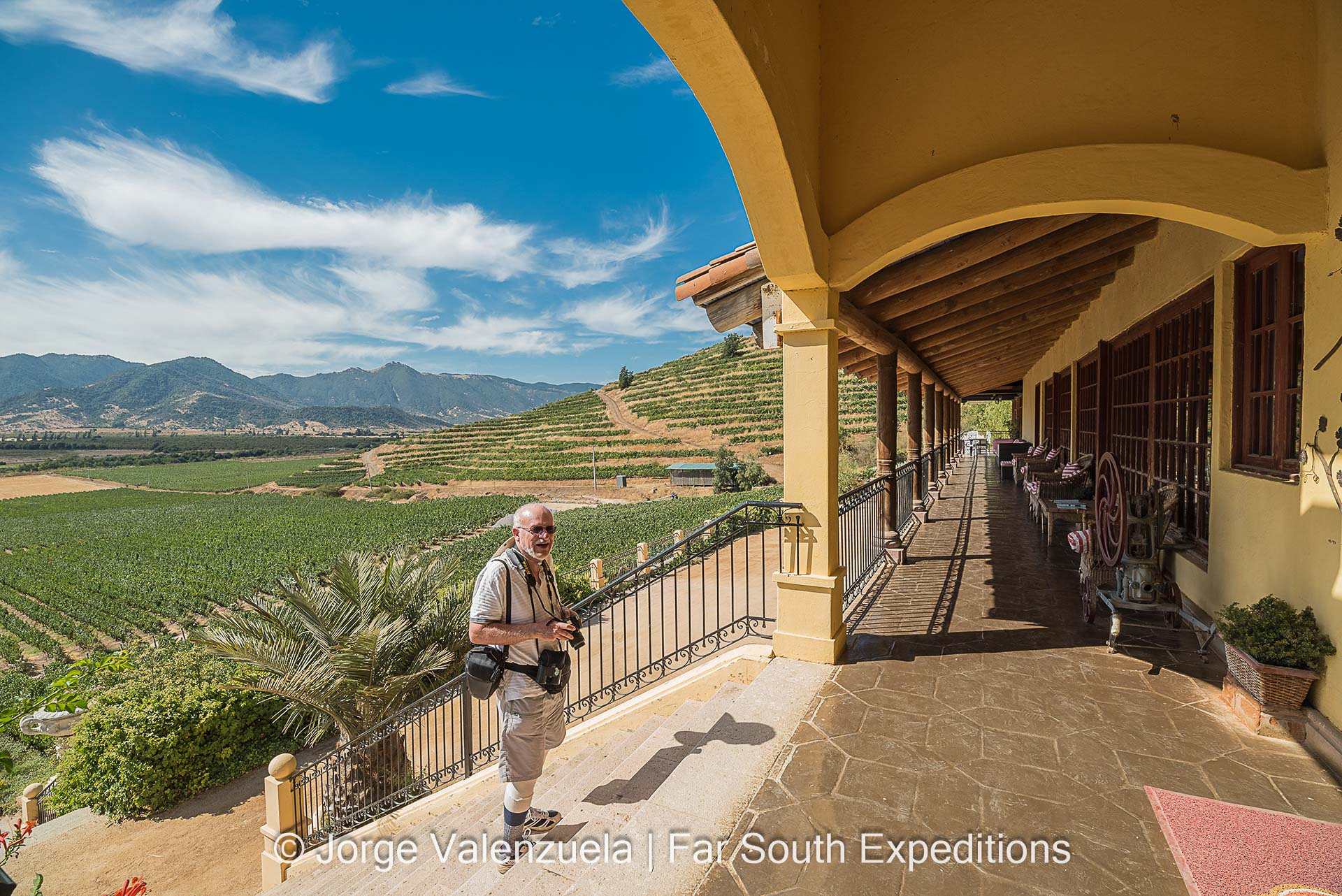
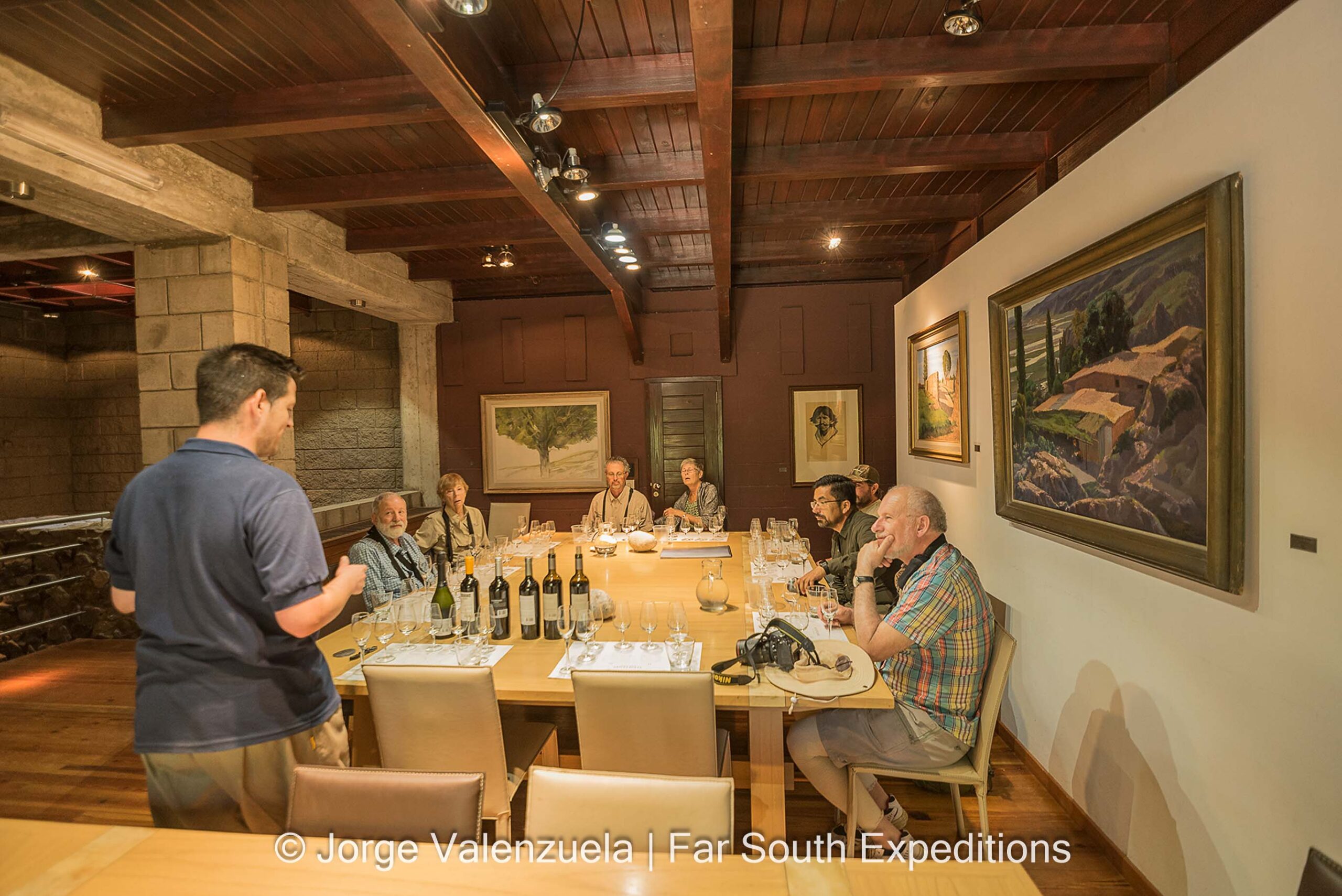



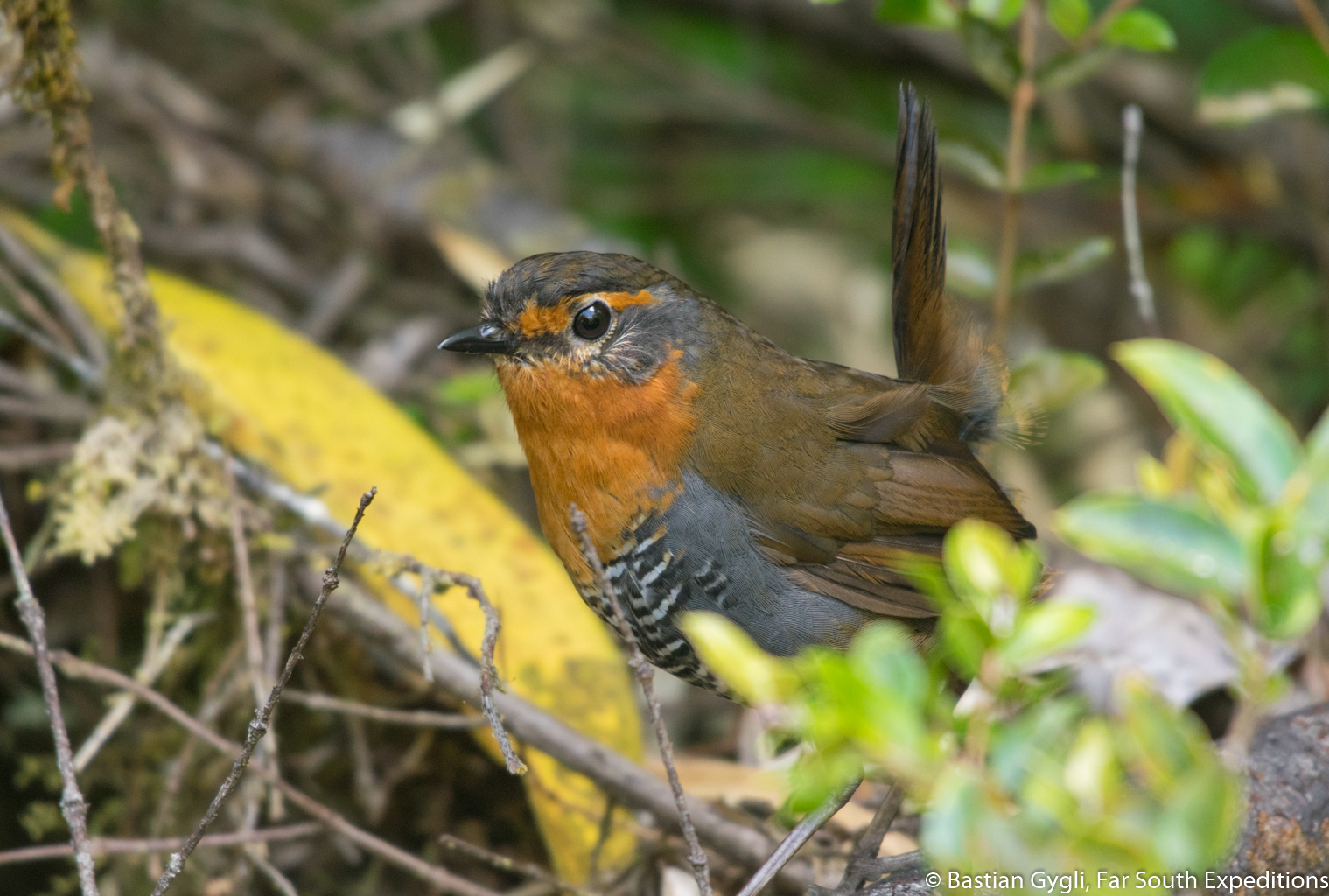


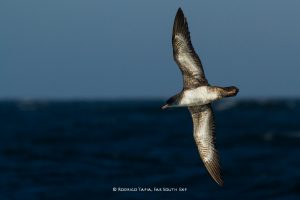

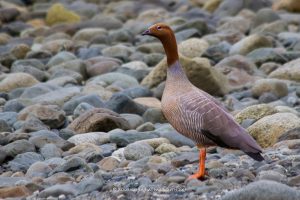
Leave a Reply
Your email is safe with us.